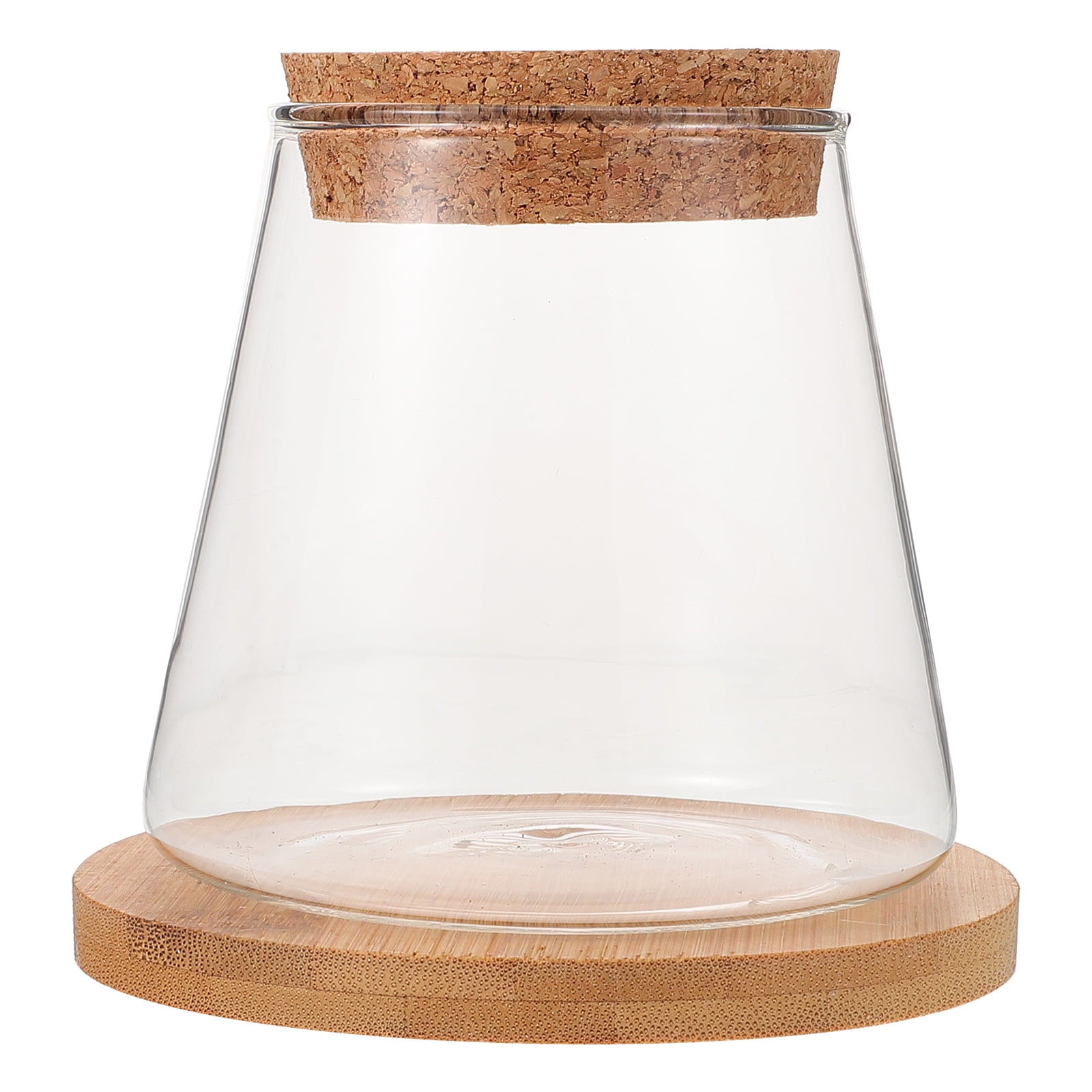Small Japanese Trucks For Sale: Your Comprehensive Guide to These Mighty Mites pickup.truckstrend.com
In an automotive landscape increasingly dominated by colossal pickups and SUVs, a unique segment of vehicles quietly thrives, offering unparalleled utility, surprising capability, and undeniable charm: the small Japanese truck. These compact powerhouses, often referred to as Kei trucks or older compact pickups, represent a compelling blend of efficiency, reliability, and affordability. Whether you’re a farmer needing a nimble workhorse, an off-road enthusiast seeking a unique trail vehicle, a small business owner requiring an economical delivery solution, or simply someone looking for a quirky and practical daily driver, the world of small Japanese trucks for sale offers a surprising array of options. This guide will delve into everything you need to know about these pint-sized workhorses, from their appeal and types to the intricacies of purchasing and ownership.
The Mighty Mite Revolution: An Introduction to Small Japanese Trucks
Small Japanese Trucks For Sale: Your Comprehensive Guide to These Mighty Mites
The term "small Japanese trucks" primarily refers to two distinct categories: the ultra-compact "Kei trucks" (or Kei-tora in Japanese) and the slightly larger, yet still diminutive, older generation compact pickups like the Toyota Hilux or Nissan Hardbody. Originating from Japan’s unique vehicle classification system designed to promote smaller, more efficient vehicles, Kei trucks are engineering marvels, packing remarkable utility into a tiny footprint. Their popularity has surged globally, driven by a growing appreciation for their practicality, low running costs, and undeniable cool factor.
These trucks stand in stark contrast to their full-sized American counterparts, offering a fresh perspective on what a pickup can be. They excel in environments where space is at a premium, fuel efficiency is paramount, and rugged simplicity is valued above brute force. For anyone considering a unique and highly functional vehicle, exploring the market for small Japanese trucks for sale is a journey well worth taking.
Understanding Their Appeal: Why Choose a Small Japanese Truck?
The allure of these diminutive dynamos is multifaceted, appealing to a diverse range of buyers for various compelling reasons:
- Unmatched Versatility: Don’t let their size fool you. Kei trucks and compact pickups are incredibly versatile. They are perfect for farm work, navigating tight urban streets for deliveries, exploring off-road trails, serving as campus utility vehicles, or simply hauling gardening supplies around your property.
- Compact Size and Maneuverability: Their small dimensions allow them to squeeze into spaces where larger trucks dare not tread. This is invaluable in crowded cities, dense forests, or on narrow farm paths. Parking becomes a breeze, and navigating tight turns is effortless.
- Exceptional Fuel Efficiency: With their smaller engines (especially the 660cc units in Kei trucks), these vehicles offer remarkable fuel economy. This translates to significant savings at the pump, making them economical to operate over the long term.
- Legendary Reliability and Durability: Japanese engineering is renowned worldwide for its quality and longevity. These trucks are built to last, often featuring robust, simple mechanicals that are easy to maintain and repair. Many models imported are decades old yet still running strong.
- Affordability: Compared to new or even used full-size trucks, small Japanese trucks often come with a significantly lower purchase price. This makes them an accessible option for those on a budget, providing substantial utility without breaking the bank.
- Unique Charm and Collectibility: There’s an undeniable novelty to owning a Kei truck. Their right-hand drive configuration (for most imports), quirky styling, and "mini-truck" aesthetic make them instant conversation starters and a joy to own for enthusiasts.

Types of Small Japanese Trucks on the Market

When searching for "small Japanese trucks for sale," you’ll primarily encounter two main categories, each with its own characteristics and applications:
1. Kei Trucks (Kei-tora)
These are the smallest of the small, designed to meet Japan’s "Kei" (light automobile) class regulations regarding engine displacement and exterior dimensions. They are typically powered by a 660cc three-cylinder engine and are often available with 4WD, high/low range gearing, and manual transmissions.
- Common Manufacturers & Models:

- Suzuki Carry: One of the most popular and ubiquitous Kei trucks.
- Daihatsu Hijet: Another highly common and reliable option.
- Honda Acty: Known for its mid-engine layout, offering a smooth ride and good balance.
- Subaru Sambar: Unique for its rear-engine layout (until 2012), providing excellent traction.
- Mitsubishi Minicab: A robust and capable choice.
- Key Features:
- Engine: Strictly 660cc, usually carbureted or fuel-injected.
- Drivetrain: Most commonly 4WD with a low-range transfer case, making them surprisingly capable off-road. 2WD options exist.
- Transmission: Almost exclusively 5-speed manual, though some automatics can be found.
- Bed Options: Standard flatbed, dump beds, scissor lift beds, and even specialized variations like refrigerated units or fire trucks.
- Cabin: Typically a two-seater, often with basic amenities like heating and sometimes air conditioning.
- Ideal Use: Farm work, property maintenance, light hauling, off-roading, campus utility, short-distance urban deliveries.
2. Compact Pickups (Older Generations)
These are slightly larger than Kei trucks, predating the modern era of full-size pickups. They were often sold globally and can be found either as domestic used vehicles or imported from other markets. They offer more payload capacity and typically higher highway speeds than Kei trucks.
- Common Manufacturers & Models:
- Toyota Hilux/Tacoma (older generations): Legendary for their indestructibility.
- Nissan Hardbody (D21): A popular and reliable choice.
- Mazda B-Series (B2000, B2200, B2600i): Often shared platforms with Ford Ranger.
- Isuzu P’up/Faster: Another workhorse of its era.
- Key Features:
- Engine: Larger engines (1.8L to 3.0L), offering more power for highway driving and heavier loads.
- Drivetrain: Available in both 2WD and 4WD configurations.
- Transmission: Manual and automatic options.
- Cabin: Available in regular cab, extended cab, and sometimes crew cab configurations.
- Ideal Use: More general-purpose utility, longer-distance hauling, daily driving where highway speeds are necessary.
Navigating the Purchase: How to Buy a Small Japanese Truck
Acquiring a small Japanese truck requires careful consideration, especially if you’re looking at imported Kei trucks.
Importing vs. Specialized Dealers vs. Domestic Market
- Direct Importing (e.g., via the 25-Year Rule for the US):
- Pros: Access to a wider selection, potentially lower initial purchase price (at auction in Japan).
- Cons: Complex logistics (shipping, customs, port fees), no warranty, requires thorough personal inspection (or reliance on auction reports), potential for hidden issues, no dealer support for paperwork or maintenance.
- Specialized Importers/Dealers:
- Pros: Vehicles are often pre-inspected, cleaned, and sometimes serviced. All import paperwork is handled, making the process smoother. Some offer limited warranties or post-sale support. Wider selection than purely domestic options.
- Cons: Higher purchase price than direct importing due to overhead and profit margins.
- Domestic Marketplaces (for older compact pickups):
- Pros: Can be inspected in person, easier title transfer, parts may be more readily available locally.
- Cons: Selection is limited to what was originally sold domestically; condition can vary wildly.
Key Considerations Before Buying
- Legal Restrictions & Road Legality: This is paramount, especially for Kei trucks. In the US, the 25-year import rule allows them to bypass federal safety and emissions standards. However, state laws vary wildly regarding registration and road legality. Some states allow full registration; others restrict them to off-highway use or prohibit highway driving. Always check your local DMV and state vehicle codes before purchasing.
- Intended Use: Will it be a farm vehicle, an off-roader, a daily driver, or a showpiece? Your intended use will dictate features like 4WD, AC, power steering, and top speed requirements.
- Budget: Factor in not just the purchase price but also shipping (if importing), customs duties, port fees, state registration fees, potential repairs, and ongoing maintenance.
- Inspection is Crucial:
- Rust: Japanese vehicles, especially older ones, can suffer from rust, particularly in salty climates. Thoroughly inspect the frame, undercarriage, bed, and cab for corrosion.
- Mechanical Condition: Check the engine for leaks, strange noises, and proper operation. Test the transmission (smooth shifts, no slipping). Inspect the suspension, brakes, and tires.
- Electrical: Ensure all lights, gauges, and accessories work.
- Mileage: Japanese auction sheets often list verified mileage. Be wary of discrepancies.
- Parts Availability: For common Kei models like the Carry or Hijet, basic maintenance parts (filters, belts, spark plugs) are often interchangeable with other small engines or can be sourced online. Specialized parts may need to be imported directly from Japan. Older compact pickups generally have better domestic parts availability.
- Right-Hand Drive (RHD): If you’re in a left-hand drive country, be prepared for an adjustment period. Driving an RHD vehicle can feel strange initially, especially when overtaking or navigating drive-thrus.
- Speedometer: Imported Kei trucks will have speedometers in kilometers per hour (KPH). You’ll need to learn the conversion or install a converter.
Ownership and Maintenance Tips
Owning a small Japanese truck is generally straightforward and rewarding.
- Routine Maintenance: Like any vehicle, regular oil changes, fluid checks, and filter replacements are essential. Adhere to the manufacturer’s recommended service intervals.
- Common Issues: Be vigilant for rust, especially on the frame and bed. Rubber components (hoses, belts, bushings) can degrade with age and may need replacement. If equipped with 4WD, ensure the system engages smoothly.
- Parts Sourcing: Many parts can be found through online retailers specializing in JDM (Japanese Domestic Market) imports. Generic parts can often be cross-referenced at local auto parts stores. Forums and online communities are excellent resources for finding specific parts or advice.
- Customization: The aftermarket for these trucks is growing. Lift kits, off-road tires, upgraded lighting, and interior modifications are popular ways to personalize your truck.
- Understanding Road Legality: Always be aware of your state’s laws regarding Kei trucks. Avoid highways if prohibited or if the truck’s top speed makes it unsafe for prevailing traffic conditions.
Price Guide: What to Expect When Buying
The price of small Japanese trucks for sale can vary significantly based on type, condition, mileage, features, and the method of purchase (direct import vs. dealer). The table below provides general estimates.
| Truck Type | Condition | Price Range (USD) | Key Factors Influencing Price |
|---|---|---|---|
| Kei Truck | Fair | $3,000 – $6,000 | High mileage, some rust, basic features, direct import (plus shipping) |
| (Suzuki Carry, | Good | $6,000 – $9,000 | Moderate mileage, minor cosmetic flaws, common features, dealer sale |
| Daihatsu Hijet, etc.) | Excellent | $9,000 – $15,000+ | Low mileage, minimal rust, AC, power steering, dump/lift beds, rare models |
| Compact Pickup | Fair | $4,000 – $8,000 | High mileage, significant wear, needs repairs, domestic market |
| (Older Hilux/Tacoma, | Good | $8,000 – $15,000 | Moderate mileage, well-maintained, some upgrades, domestic/import |
| Nissan Hardbody, etc.) | Excellent | $15,000 – $30,000+ | Low mileage, pristine condition, highly sought-after models, import |
Note: These prices are estimates. Direct import from Japan typically involves additional costs for shipping (often $1,000 – $2,500+), customs duties, and port fees. Dealer prices usually include these costs but also a markup for their services and profit. Factors like year, 2WD/4WD, air conditioning, power steering, special bed types (dump, scissor lift), and overall rust/mechanical condition heavily influence the final price.
Frequently Asked Questions (FAQ)
Q: Are small Japanese trucks (Kei trucks) street legal in the US?
A: It varies by state. While federally legal under the 25-year import rule, individual states have different laws. Many states allow full registration, but some restrict them to off-highway use or prohibit highway driving. Always check with your local DMV.
Q: What is the 25-year import rule?
A: In the United States, vehicles that are 25 years old or older can be imported without having to meet current US safety and emissions standards. This is why most imported Kei trucks are from the early 1990s or older.
Q: Are parts hard to find for Kei trucks?
A: For common models like the Suzuki Carry or Daihatsu Hijet, many basic maintenance parts are available online through import parts specialists. Some generic parts can be cross-referenced at local auto parts stores. Specialized components might need to be imported directly from Japan, but this is becoming easier with global shipping.
Q: Can Kei trucks go on highways?
A: While many Kei trucks can reach speeds of 50-65 mph, they are not designed for sustained highway travel. Their small engines and light weight make them less stable at higher speeds, and some states legally prohibit them from certain highways. Older compact pickups (like Hiluxes) are generally highway capable.
Q: Are they good for off-roading?
A: Surprisingly, yes! Many Kei trucks come with 4WD, high ground clearance, and a low-range transfer case, making them incredibly capable on trails, through mud, and over rough terrain. Their light weight also means less impact on delicate ecosystems.
Q: What kind of fuel economy can I expect?
A: Kei trucks, with their 660cc engines, typically achieve excellent fuel economy, often in the range of 35-50 MPG, depending on conditions and driving style. Older compact pickups will vary but are generally efficient for their class (e.g., 20-30 MPG for a 4-cylinder).
Q: Is right-hand drive difficult to get used to?
A: It takes some adjustment, especially for operations like shifting gears with your left hand or judging distances when passing. However, most drivers adapt quickly.
Conclusion: More Than Just a Truck
Small Japanese trucks, particularly the iconic Kei trucks, are far more than just utilitarian vehicles; they are a statement of practical ingenuity and a testament to enduring quality. They offer a unique blend of efficiency, reliability, and versatility that modern, larger vehicles often lack. Whether you’re seeking an economical workhorse for your farm, a nimble companion for off-road adventures, or simply a charming and distinctive daily driver, the market for small Japanese trucks for sale holds immense potential.
Before diving in, remember to prioritize thorough research into legal regulations, vehicle condition, and your specific needs. With careful consideration, one of these mighty mites can become a surprisingly capable, endlessly useful, and undeniably fun addition to your garage, proving that sometimes, the best things truly do come in small packages.


